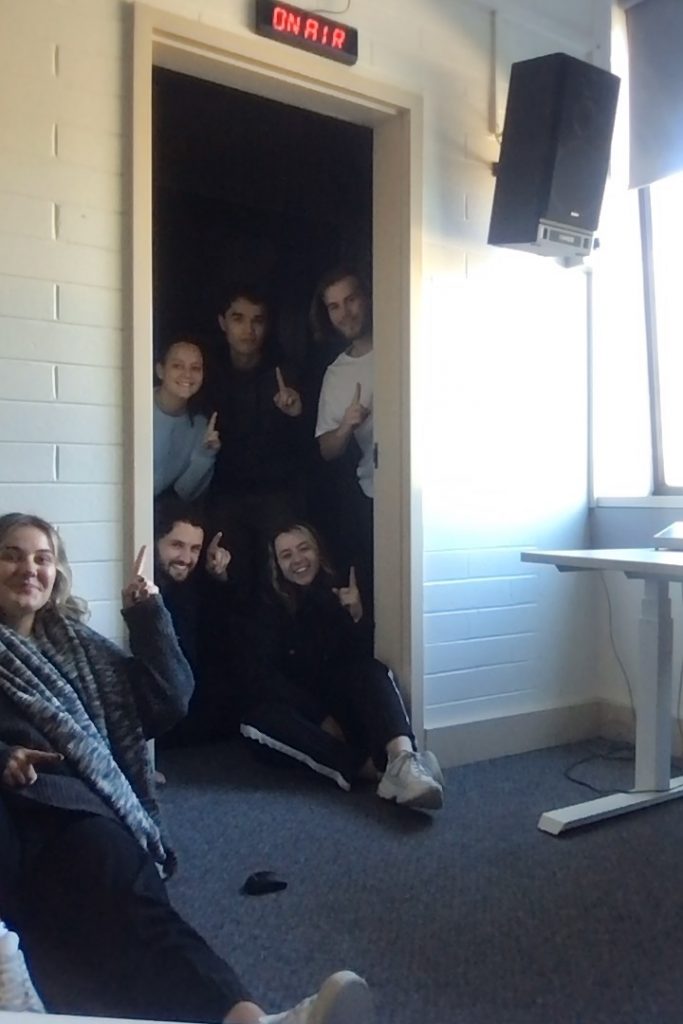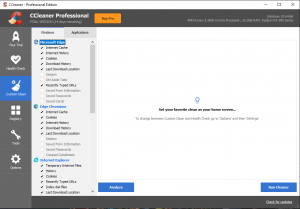The National Broadband Network: what is it all about?
y THOMAS MCCOY
The National Broadband Network is Australia’s biggest infrastructure project, which famously confused opposition leader Tony Abbott during an ABC television interview discussing “peak speed”. But how many of us really understand the NBN?
What is broadband?
Broadband is a high-speed method for accessing the Internet. When digital communication technology was in its infancy, it was common for people to use “dial up” connections, in which a device known as a modem converted computer signals into sounds that could be sent across telephone lines on a single channel, much like a single-lane highway. Broadband technology allows signals to be sent along multiple channels simultaneously, operating more like a multi-lane highway, and thereby providing vastly higher access speeds.
What kinds of broadband are there?
Broadband can run across standard telephone lines (as in ADSL technology), or along coaxial cable (as happens with subscription TV services in capital cities), or over the mobile phone network, or wirelessly (as with wireless hotspots), or over satellite, or via dedicated fibre optic connections (as in the TransACT network in the ACT). The fastest available technology is fibre optic, in which the signal is converted into pulses of laser light and sent down a strand of fibre optic cable. This allows the signal to travel across vast distances without degrading. Fibre optic technology has been described by some as “future proof”, because the fibre imposes no significant ceiling on speed, being able to support transmission rates of up to one billion bits per second (for comparison, current ADSL connections typically run at about eight million bits per second).
What is the National Broadband Network?
It is a Labor Government initiative to connect fibre optic cable to 93 per cent of Australian homes, with the remaining 7 per cent being serviced by wireless and satellite technologies. The project is planned to cost taxpayers approximately $26 billion and will be completed over eight years, with rural and regional parts of Australia being connected first as part of a deal made with the rural independents after the election. A company called NBN Co has been created by the Government to manage the project, which will have a total cost estimated at $43 billion, with the remaining $17 billion coming from projected revenues and loans.
Why do we need a National Broadband Network?
With the plethora of connection methods currently available, some commentators are asking why we need a National Broadband Network. Professor Reginald Coutts, Australian Computer Society Telecommunications Board Director and previous member of the Government’s Broadband Panel of Experts, believes a key reason is that people in rural and regional Australia, and people in metropolitan “black spots”, are unable to obtain reasonable Internet speeds and are facing a digital divide. “It’s also got significant carbon emission reduction potential, in promoting telecommuting,” says Professor Coutts. “And businesses can benefit from high speed connections for bandwidth intensive applications like video conferencing.”
The use to which the NBN will be put by private individuals is still somewhat unclear, and the benefits have often been expressed in vague terms, such as “visionary”, “strategic” and even “transformational”. Opponents argue that it will facilitate more effective music and video piracy, pornography downloads, cyber bullying, and encourage people to spend even more time behind their computers. Supporters claim there are benefits through telemedicine (where doctors can interact with patients remotely), and education.
Has a cost benefit analysis been done?
No, and this is a major concern for the critics, who have expressed doubts about the NBN’s ability to become profitable or break even. Earlier this year a $25 million study by McKinsey & Company and KPMG was commissioned, and reported that the NBN is both “achievable and affordable”. But critics argue that the study looked only at how to implement, not evaluate, the government’s model. An Access Economics study claims the benefits will outweigh the costs, but because the study was commissioned by IBM its independence has been questioned. Opposition communications spokesman Malcolm Turnbull’s media adviser, John Dart, is concerned about the opportunity cost of the NBN, saying, “It’s money that won’t be available for investment in other sectors of our economy, like roads, schools and hospitals.” So far it appears that costs are beginning to blow out, with the Department of Finance flagging an extra $350 million to be transferred to NBN Co this December, taking the total investment up to $1 billion before Christmas.
What are some of the criticisms?
Leading industry commentators have questioned the need for the NBN. Vocus Communications chief executive James Spenceley has described the NBN as “giving everyone a Ferrari when they might be happy driving a Commodore”. Mexican telecommunications billionaire Carlos Slim Helu agrees, saying that rather than choosing fibre alone, Australia should take a multi-platform approach and recognise that we don’t all need or want superfast Internet. American billionaire publisher Steve Forbes has called on Canberra to cut the cities out of the NBN rollout and focus only on the bush. Turnbull has questioned the need to lay fibre in metropolitan areas where high speed cable already exists, typically running past 25 per cent of homes, arguing that existing infrastructure should be leveraged. There is also concern that, in terms of connecting to the Internet outside Australia, the data links are already at near capacity and will become a bottleneck.
What alternatives are there?
The Committee for the Economic Development of Australia (CEDA), an independent think tank, two years ago proposed a competitive model that was based on copper ADSL (Asymmetric Digital Subscriber Line), mobiles, HFC (Hybrid Fibre Coaxial) cable and fibre. They claim their model would make wider choices available to consumers to decide which technology best serves their needs, and at what price. Another option would be 4G, or Long Term Evolution wireless, which is particularly suited to remote and regional Australia, and much cheaper. The Liberal Party has a proposal that costs $6 billion, and focuses on patching up black spots in metropolitan areas, and using satellite and wireless technologies to reach rural and remote users.
What are the views of the government?
Communications Minister Stephen Conroy has rejected suggestions that HFC cable can be used to provide the necessary internet services because, even though the cable can download quickly, its maximum upload speed is slow, meaning it cannot send big files and is unable to deliver the capacity for services that have not yet been envisaged. Professor Coutts agrees, saying, “Fibre’s the best option, it’s got a lifespan of up to 50 years, and the problem with wireless technologies is that they only perform well under exceptional conditions, like if you’re the only one on the network and sitting next to the tower.” It has been argued by critics that countries which have done fibre to the home, like Singapore, Korea, China, and Japan, have paid far less than the $2,000 per citizen that it will cost Australians. “But this analysis ignores Australia’s vast distances, where we’ve always had to pay more for infrastructure, be it roads, sewerage, or railway lines,” says Professor Coutts.
What is happening now?
A trial is underway in three Tasmanian towns, where 50 per cent of property owners have agreed to allow fibre optic cable to be connected to their home. This uptake rate is smaller than expected and has prompted Tasmanian Premier David Bartlett to change the NBN connection procedure so customers are automatically connected unless they explicitly refuse. But Professor Coutts is upbeat about the Tasmanian result and argues that for a conservative state like Tasmania, a 50 per cent uptake of a new technology is an excellent result. “And clearly there’s still much to be done in winning hearts and minds,” he says. After Tasmania, the NBN will be rolled out to 19 first release sites, including Brunswick, Townsville, Willunga, Kiama, Armidale and parts of Gungahlin.
What will happen if the government changes?
Despite the opposition of the Liberal Party to the NBN, Turnbull has stated that if the Coalition wins power at the next election, it will not rip up sections of the NBN that have already been installed, and that it will incorporate any NBN infrastructure into its own scheme for high-speed broadband.



Tom O'Donald
Jul 10, 2011 at 5:12 pmNo where have I found an estimate of the cost for the everyday home user who might use, at a maximum of about 3Gb per month without a bundle.
Mark
Nov 13, 2010 at 5:34 pman interesting story .... before reading this i thought i knew where i stood with the nbn ... now i'm not so sure - seems like we might pay a whole lot of money for something most of us dont really need